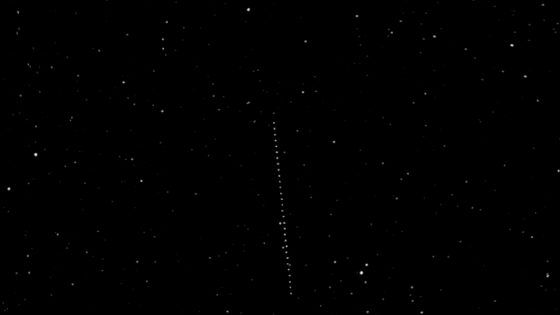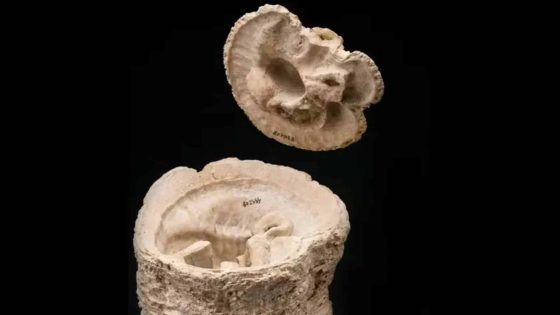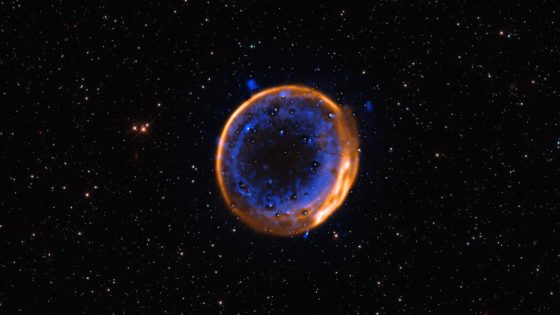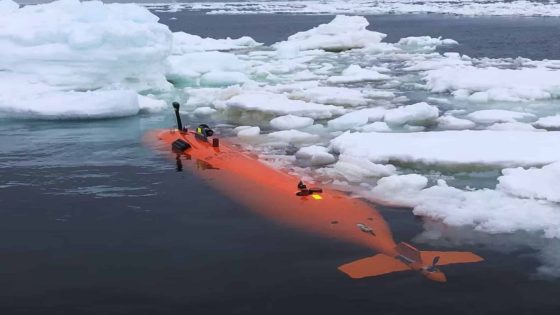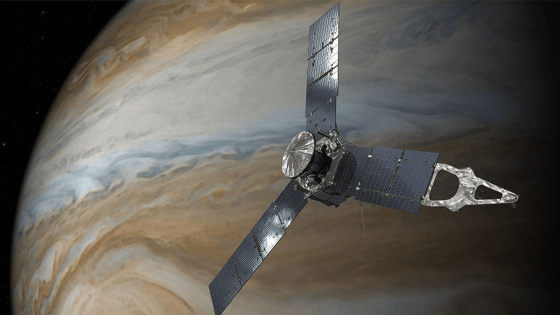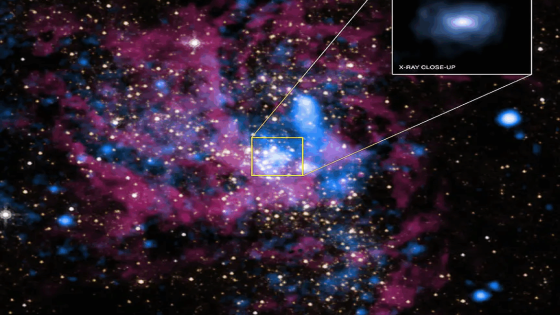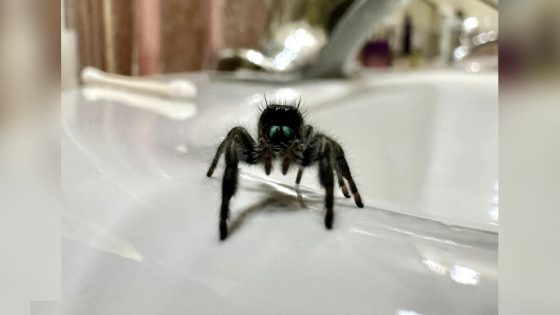The Hera mission is making strides in asteroid research as it prepares to study the aftermath of NASA’s DART asteroid crash. Following DART’s impact on Dimorphos in September 2022, Hera aims to observe the effects on both Dimorphos and its larger counterpart, Didymos. As of October 7, 2024, Hera is en route to these celestial bodies, utilizing its journey to test its instruments.
- Hera mission follows NASA's DART impact.
- Close encounter with Mars for slingshot.
- Successfully imaged asteroids Otero and Kellyday.
- Hera's camera tested on faint objects.
- Potential for monitoring hazardous asteroids.
- Arrival at Didymos and Dimorphos in 2026.
In March 2025, Hera had a close encounter with Mars, leveraging its gravitational pull to navigate through the asteroid belt. This phase has provided an excellent opportunity to test Hera’s capabilities, including its Asteroid Framing Camera, which recently captured images of two distant asteroids, Otero and Kellyday, ahead of its main mission.
This accomplishment raises questions about the future of asteroid monitoring. How can Hera’s technology be applied to detect potentially hazardous asteroids? The mission’s findings could reshape our approach to planetary defense.
- Hera’s camera successfully imaged two faint asteroids, testing its capabilities.
- These observations mimic conditions expected when approaching Didymos and Dimorphos.
- The mission could aid in monitoring newly discovered hazardous asteroids.
- Hera’s technology may also be adapted for interstellar object observations.
As Hera approaches Didymos and Dimorphos in late 2026, the mission promises to deepen our knowledge of asteroid dynamics and enhance our ability to protect Earth from potential threats.



